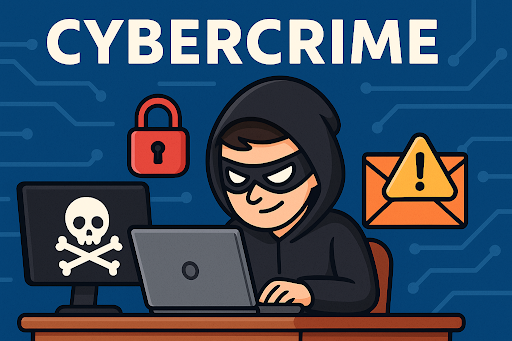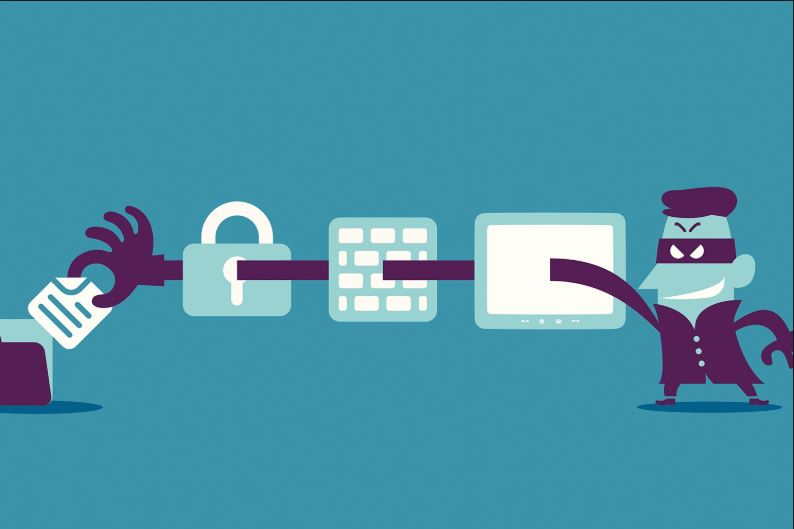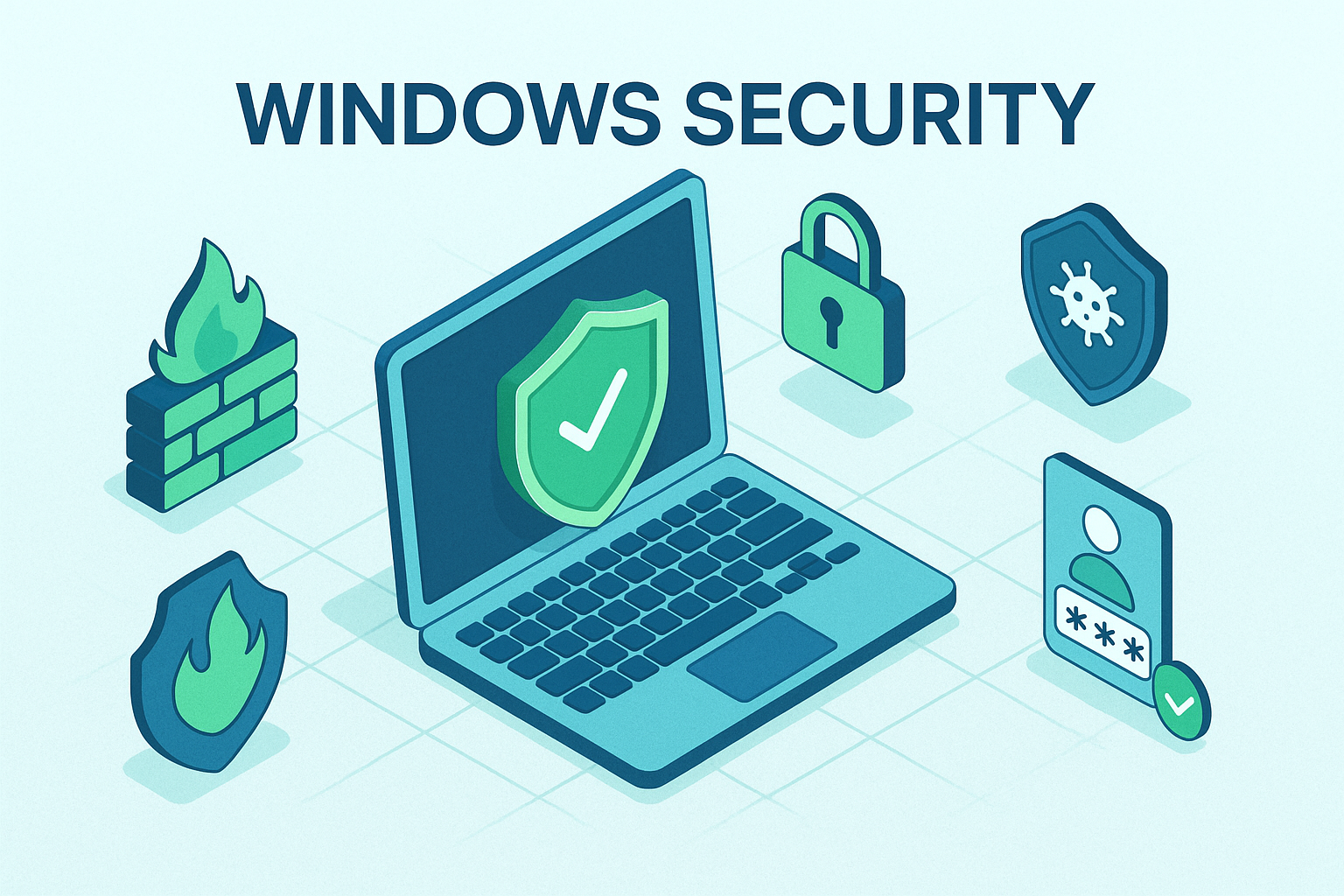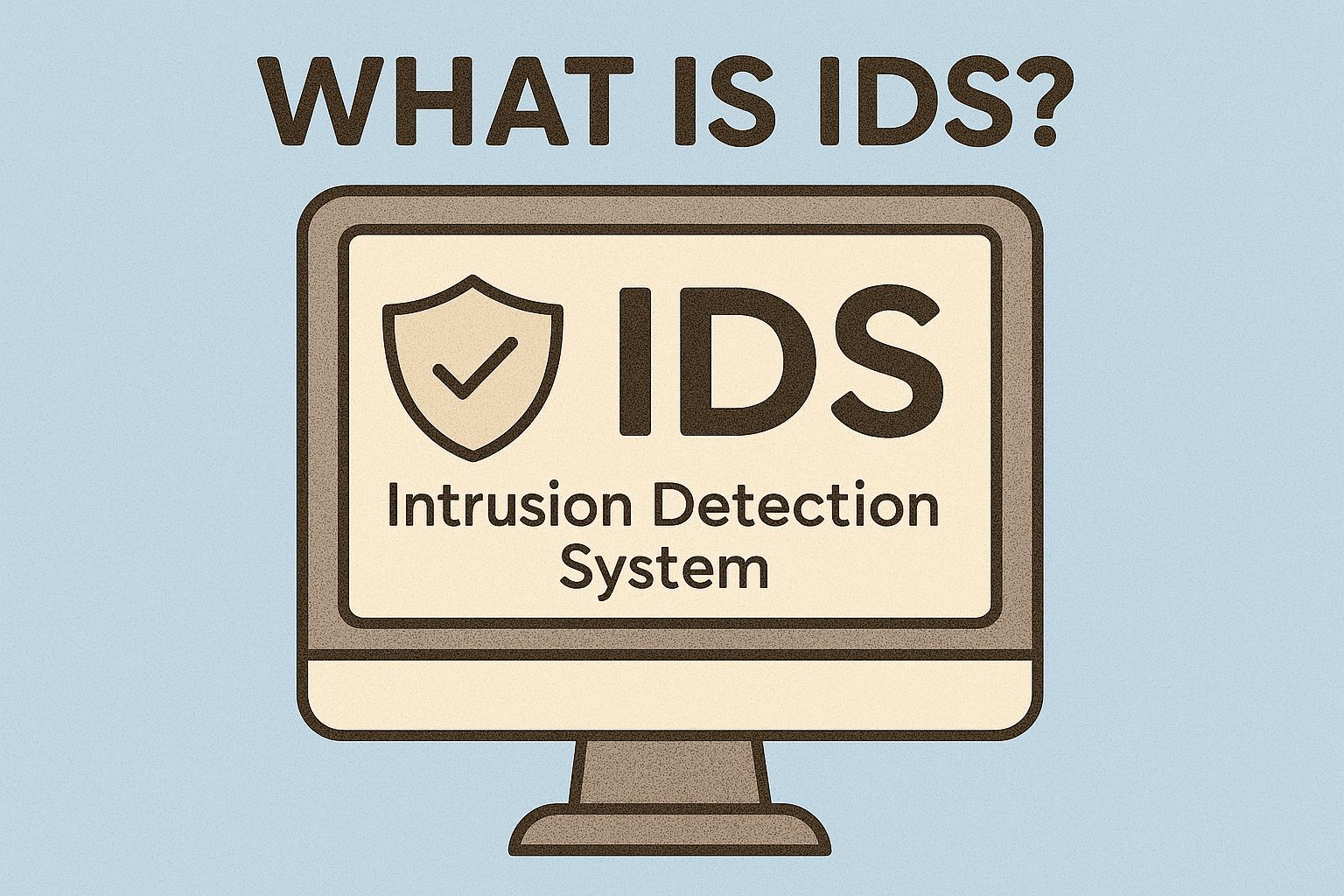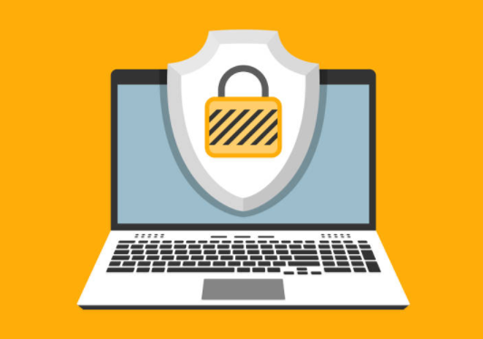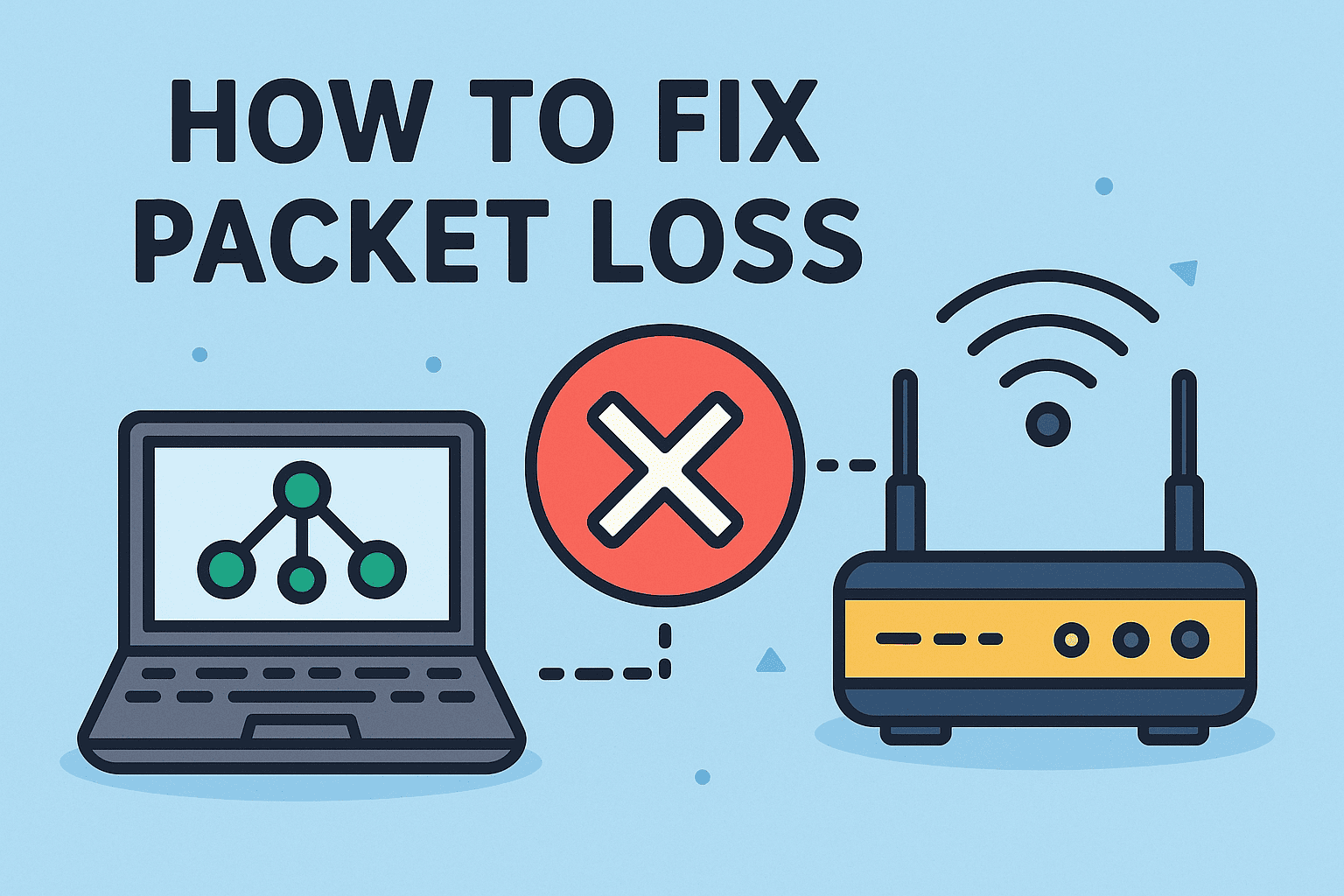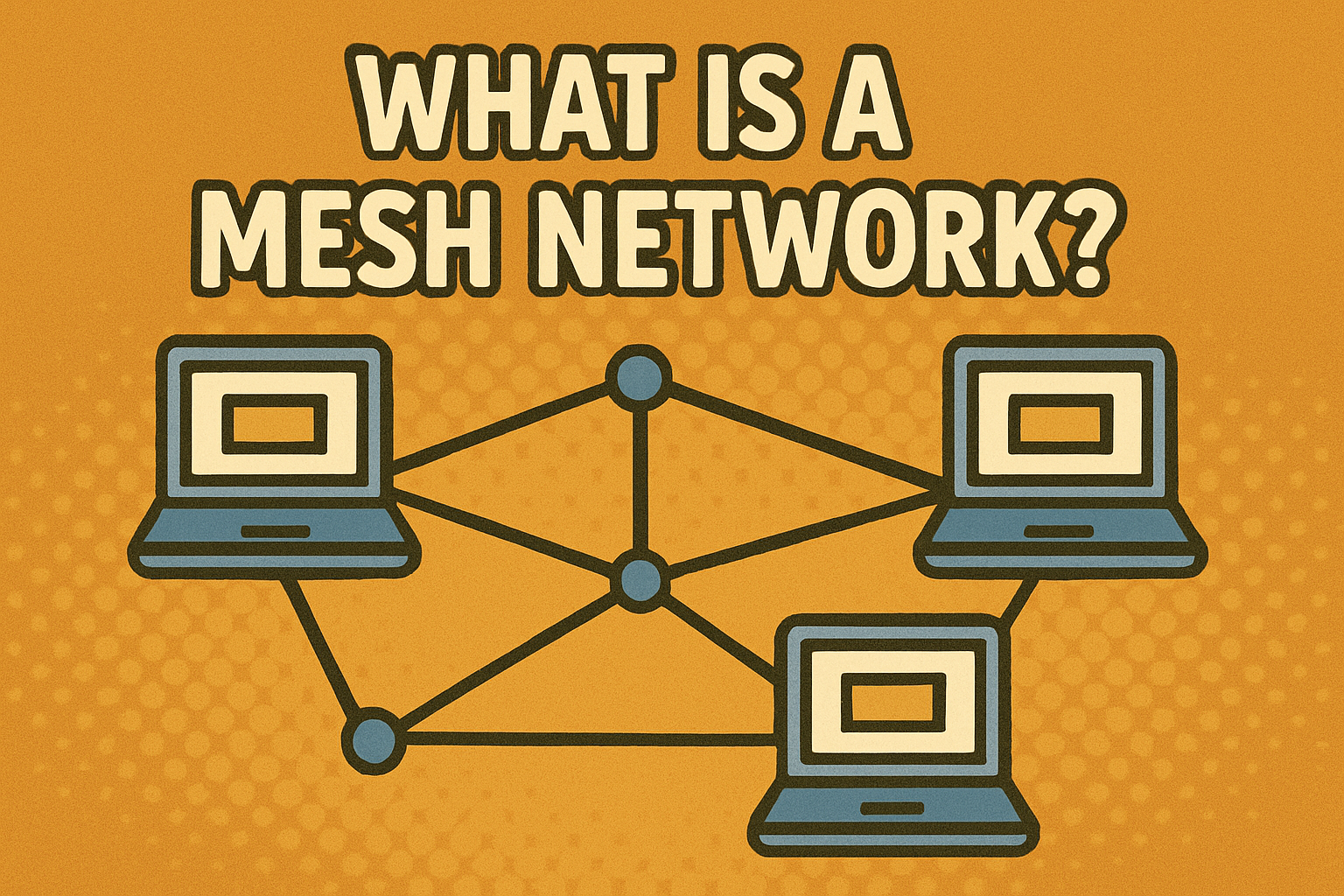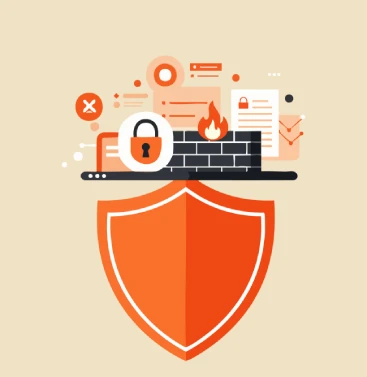What Is SIEM? The Cybersecurity Backbone You Can’t Afford to Ignore
Updated on June 27, 2025, by Xcitium
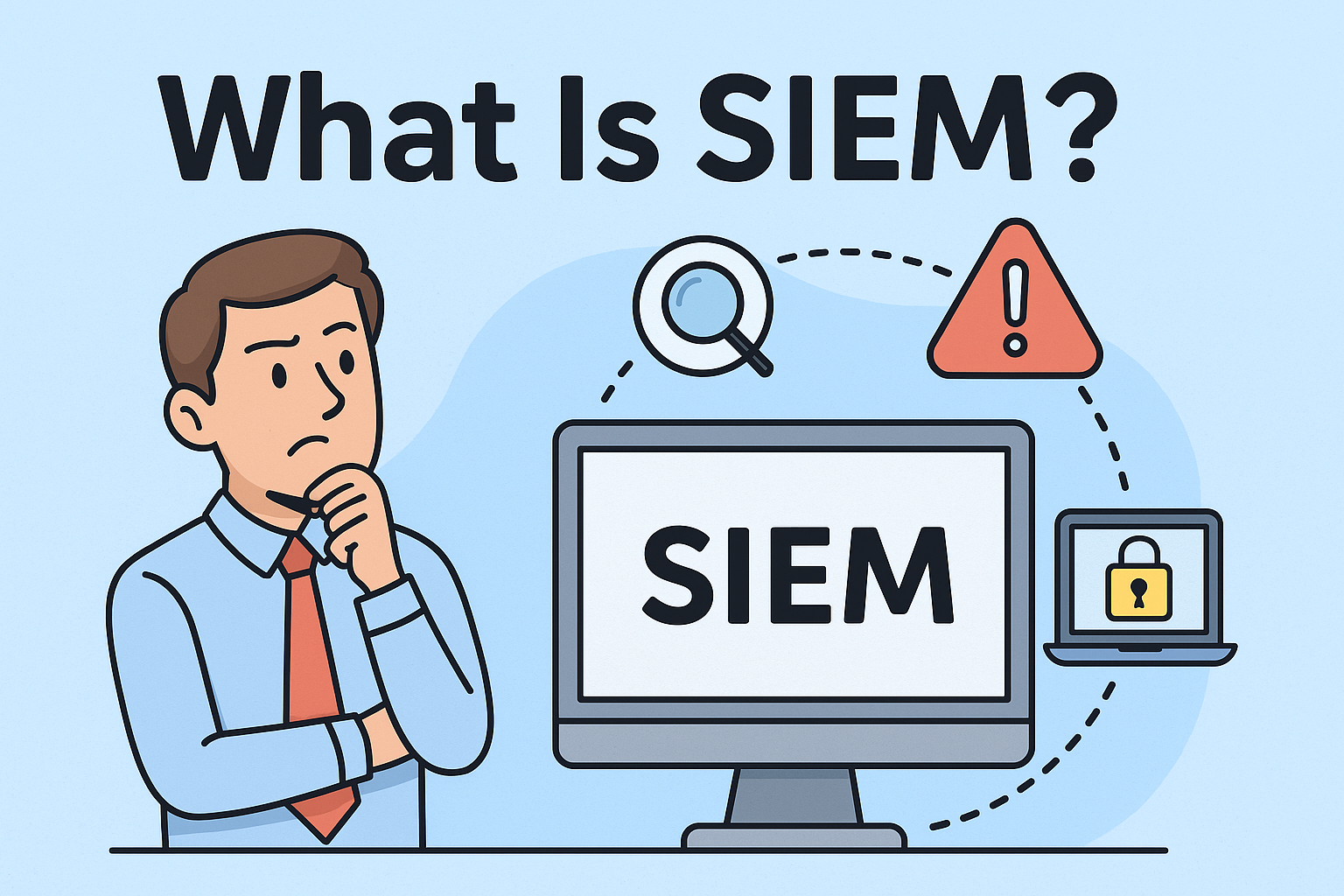
In today’s world of ever-evolving cyber threats, traditional security systems are no longer enough. Organizations need to go beyond antivirus tools and firewalls. This is where SIEM comes in—a powerful solution that gives you real-time visibility, threat detection, and response capabilities across your digital environment.
So, what is SIEM, and why is it an essential part of modern cybersecurity strategies?
This blog post will help IT managers, CISOs, and business leaders understand the core of SIEM, how it operates, and how to choose the right solution for your business.
📘 What Is SIEM? A Simple Breakdown
SIEM stands for Security Information and Event Management. It’s a comprehensive cybersecurity solution that collects and analyzes log data from across an organization’s IT infrastructure in real-time.
SIEM tools aggregate information from network devices, servers, domain controllers, firewalls, and more—offering a centralized view of security-related events. It enables teams to detect, analyze, and respond to threats before they cause harm.
🔍 SIEM Meaning in Simple Terms:
- Security Information Management (SIM): Long-term storage and analysis of historical data
- Security Event Management (SEM): Real-time monitoring and incident response
Combined, they form SIEM, a powerful force multiplier in the fight against cyberattacks.
🛡️ Why SIEM Matters in Cybersecurity
With cyberattacks becoming more sophisticated, reactive security is no longer viable. SIEM security solutions allow proactive identification of anomalies, insider threats, and malware before they cause significant damage.
Here’s why it matters:
- 📊 Real-time monitoring: Spot threats as they happen
- 🧠 Threat intelligence correlation: Understand attack patterns across your systems
- 📂 Compliance reporting: Simplify adherence to regulations like GDPR, HIPAA, PCI DSS
- ⚡ Faster response: Trigger automated alerts and workflows
In a world where downtime and breaches cost millions, SIEM isn’t just a good idea—it’s essential.
🧰 Key Features of SIEM Tools
Most SIEM solutions—from traditional options to advanced tools like Splunk SIEM—include a variety of capabilities:
- Log collection & normalization from all connected devices
- Event correlation across systems to spot suspicious activity
- Advanced analytics and machine learning to detect zero-day threats
- Real-time alerts and custom dashboards
- Incident response orchestration
- Regulatory compliance reports
🏢 Use Cases: SIEM in IT and Enterprise Environments
SIEM in IT infrastructure is versatile. Here are a few real-world applications:
- Detecting brute-force attacks through login anomaly tracking
- Monitoring insider threats via abnormal access patterns
- Identifying data exfiltration attempts
- Tracking privileged account misuse
- Auditing and reporting for compliance
Enterprises in sectors like finance, healthcare, education, and government benefit immensely from a well-implemented SIEM solution.
🆚 SIEM vs. Traditional Security Tools
| Feature | Traditional Security | SIEM Solution |
| Data Centralization | ❌ Scattered Logs | ✅ Unified Logging |
| Real-Time Detection | ❌ Limited | ✅ Yes |
| Threat Correlation | ❌ Manual | ✅ Automated |
| Compliance Reporting | ❌ Time-consuming | ✅ Streamlined |
| Scalability | ❌ Difficult | ✅ Scalable Architecture |
Clearly, SIEM isn’t a replacement—it’s a complement and upgrade to your existing security stack.
🚀 Popular SIEM Tools in 2025
When evaluating solutions, here are some leading SIEM tools:
- Splunk SIEM – Powerful analytics, great for large enterprises
- IBM QRadar – AI-based threat detection and compliance features
- Microsoft Sentinel – Cloud-native SIEM on Azure
- ArcSight (Micro Focus) – Scalable and enterprise-grade
- LogRhythm – Great for mid-sized businesses
- Xcitium SIEM Integration – Seamlessly integrates with endpoint protection and MDR solutions
Choosing the best tool depends on your business size, compliance needs, and budget.
📊 SIEM Implementation: A Step-by-Step Guide
1. Define Security Goals
Align SIEM with specific threats and compliance regulations.
2. Select a SIEM Tool
Evaluate options based on scalability, integrations, and support.
3. Log Source Integration
Connect firewalls, servers, endpoints, and cloud applications.
4. Create Correlation Rules
Use predefined rules or AI-based models to detect anomalies.
5. Set Alerts & Dashboards
Build workflows for automated detection and response.
6. Test and Tune
Refine rules and reduce false positives.
✅ SIEM Compliance Benefits
Implementing a SIEM solution makes achieving and proving compliance easier. Common frameworks that benefit include:
- PCI DSS – Log and monitor all access to cardholder data
- HIPAA – Track all ePHI access attempts
- SOX – Monitor and audit financial systems
- NIST/ISO 27001 – Maintain continuous monitoring and incident response readiness
🔄 Challenges and How to Overcome Them
While SIEMs are powerful, they come with challenges:
| Challenge | Solution |
| High Cost | Choose cloud-based or open-source SIEM |
| False Positives | Tune rules and leverage AI |
| Complexity | Hire or train SIEM specialists |
| Data Overload | Filter non-essential logs |
The key is to start small and scale smart.
🎯 Call to Action
SIEM isn’t just for enterprises anymore. Even SMBs need real-time threat visibility in today’s threat landscape.
Ready to see how SIEM fits into your cybersecurity strategy?
👉 Request Your Free Xcitium Demo Today
❓ FAQ: What People Ask About SIEM
1. What does SIEM stand for?
SIEM stands for Security Information and Event Management. It combines data aggregation and threat detection in one platform.
2. What are the benefits of SIEM security?
SIEM offers real-time monitoring, log management, threat detection, compliance reporting, and faster incident response.
3. Is Splunk a SIEM tool?
Yes, Splunk SIEM is one of the most popular tools offering advanced log analytics, dashboards, and security intelligence.
4. How is SIEM used in IT?
IT teams use SIEM to monitor networks, detect unauthorized access, track vulnerabilities, and comply with security frameworks.
5. Do small businesses need SIEM?
Absolutely. With cloud-based and affordable solutions available, even SMBs can use SIEM for better security and compliance.


